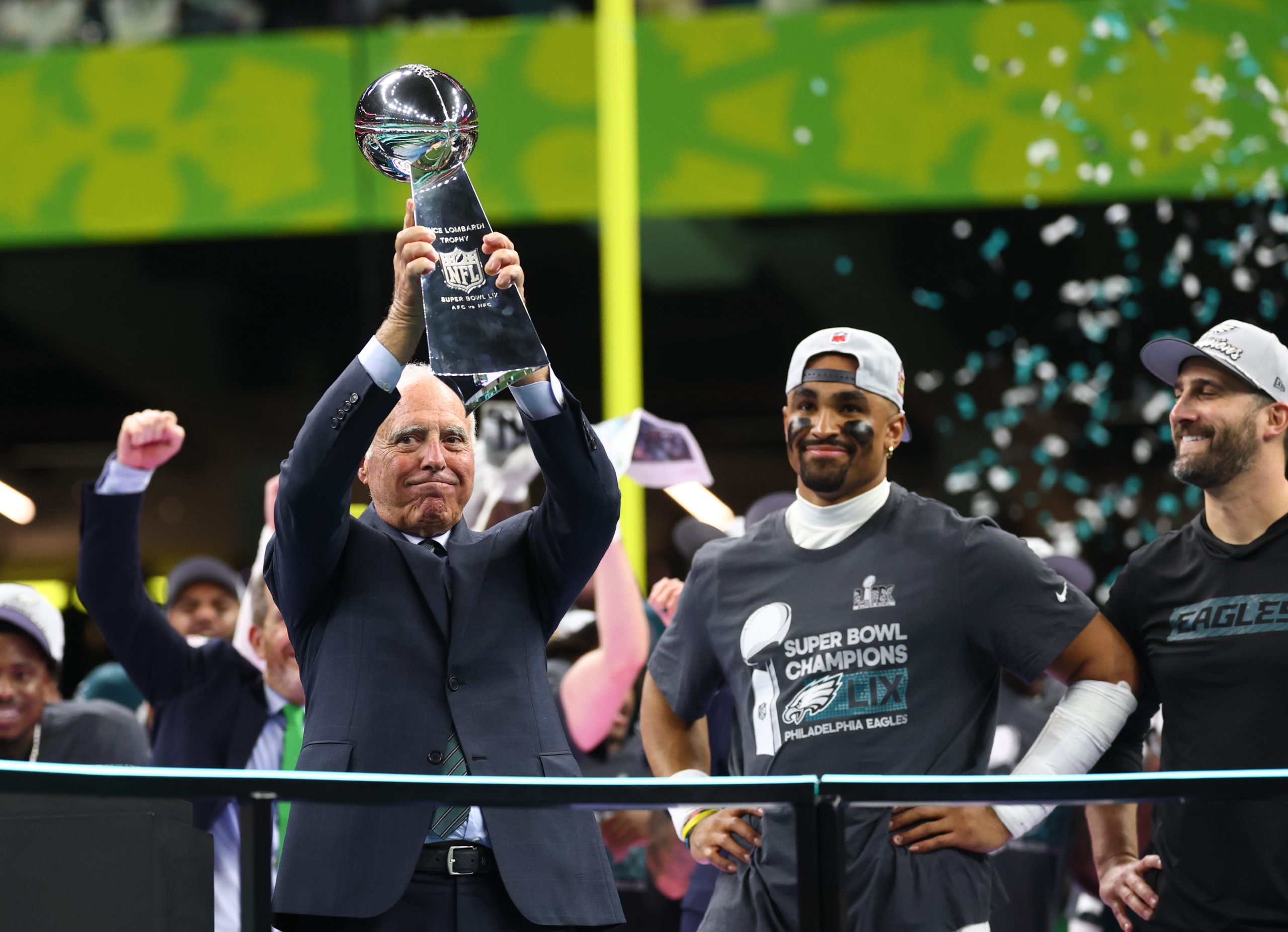Maybe it’s from watching Moneyball too often. But the tendency is to look at drafts now and figure out a team’s strategy. In the case of the Rangers, it seems to be kind of a novel approach: Take the hurt pitchers.
Well, that’s not quite the way they would put it, but they do seem to see some level of increased value to taking college pitchers working their way back from Tommy John surgery. When the MLB draft ended Monday, the Rangers had gone heavy on pitchers and, in particular, tilted towards guys either recently through the process or still in rehab.
And when you think about it, with the world’s most prominent elbow surgeon and an advocate for pitcher safety on their staff, it certainly makes Rehabbing Dude a viable market inefficiency to explore. The Rangers took four college pitchers who have had the procedure since the start of 2024, led by second-rounder AJ Russell, who was selected Sunday. Russell completed the rehab towards the end of the 2025 college season and has since returned to pitching.
On Monday, they started the day with two more: Nebraska’s Mason McConnaughey and TCU’s Ben Abeldt, both of whom missed most of the 2025 season after suffering elbow injuries. Before the 20-round draft concluded, they’d also added Illinois’ Julius Sanchez in the 18th round. All three will begin their time in the Rangers organization in rehab programs.

Just like two of their top 10 picks from last year, David Hagaman of West Virginia and Garrett Horn of Liberty. Both are now healthy and pitching. Hagaman is considered a potential breakout prospect, but has made just three starts above rehab.
“The belief in our support system out there is high,” senior scouting director Kip Fagg said of the Rangers’ rehab program, headed by former pitcher Keith Comstock, who is in his 19th year of coordinating the rehab program. “Keith [Comstock] is probably the best guy in the business when it comes to that.
“I trust giving him players that are in the rehab process and they come out on the other end a better person and a better pitcher. It’s definitely not something where we’re just like: Take a hurt guy. These are guys we liked before. They were definite prospects and they would have gone higher in the draft if they weren’t in that process. So, with all that said, we feel like we do as good a job as anybody and end up with a better pitcher than where we took them.”
If there were other trends worth watching, it was that the Rangers tilted heavily towards pitchers from power baseball conferences such as the SEC, ACC, Big 12, Big 10 and whatever is left of the Pac-12. They drafted five pitchers from those conferences in the first 10 rounds. They had never used more than two picks in the top 10 rounds on pitchers from major conferences.
The Rangers used 13 of their 20 picks on players who are exclusively pitchers, but with two-way player Josh Owen, the third-round selection from Providence Academy in Johnson City, N.C., the total grows to 14 pitchers. Since the draft was shortened to 20 rounds in 2021, it’s the most pitchers they’ve selected.
“Our pitching analytics team and Todd Walter, who runs the pitching analytics department, do a tremendous job of identifying guys with good traits that kind of mesh with what our scouts see. It’s an avenue we are going down right now to identify pitchers we draft. And I feel like this is one of the better ones we’ve taken in a long time.”
The Rangers have a pool of $10,991,300 to sign their first 10 draft selections and can sign any picks after the 10th round for up to $150,000 (more if they have pool money remaining). Though the second half of the draft included a number of high school and junior college players who would seem to have some negotiating leverage, Fagg indicated the Rangers intend to sign all of their picks.
They failed to sign three picks last year, most notably Iowa pitcher Cade Obermuller, who returned to school after being selected in the 19th round and improved his draft stock significantly. Philadelphia took him in the second round on Sunday.
Twitter: @Evan_P_Grant
Find more Rangers coverage from The Dallas Morning News here.
Source link


